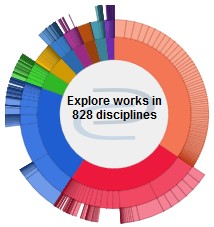
Faculty Research & Creative Activity
Document Type
Article
Publication Date
January 1993
Abstract
Social groups may be viewed as collections of individuals exhibiting nonindependent behavior and organized in a cooperative manner. The evolutionary advantage of social behavior to individuals must be measured in its relativity to other potential behaviors, the scale of competitive interactions, and under a variety of environmental and genetic constraints. A primary tenet of social evolution is that coancestry will promote the genes of related individuals. High values of coancestry, however, do not necessarily translate into evolutionary advantage unless the primary competitive interactions occur among the groups. Coancestry is affected by the breeding tactics within and rates of genetic exchange among social groups. Low rates of exchange among groups, regardless of breeding tactics, may result in high values for intragroup coancestry but may lead to inbreeding depression in progeny. Likewise, breeding tactics such as polygyny, may not impart any long-lasting evolutionary advantage if genetic exchange rates are high. The evolution of social organizations typified by different breeding and migration strategies is evaluated to determine the conditions necessary for various tactics to result in genetic contributions by individuals equal to those of monogamous mating systems. The models show that breeding and dispersal tactics have probably evolved in concert and predict that social groups which are characterized by strong gene correlations are likely to exhibit relatively low group advantage for progeny survival and breeding. There is little impetus for high gene correlations to accrue in situations where group advantage is very high relative to monogamous systems.
Recommended Citation
Chesser, Ronald K.; Sugg, Derrick W.; Rhodes, O. Eugene Jr.; Novak, James M.; and Smith, Michael H., "Evolution of mammalian social structure" (1993). Faculty Research & Creative Activity. 219.
https://thekeep.eiu.edu/bio_fac/219



